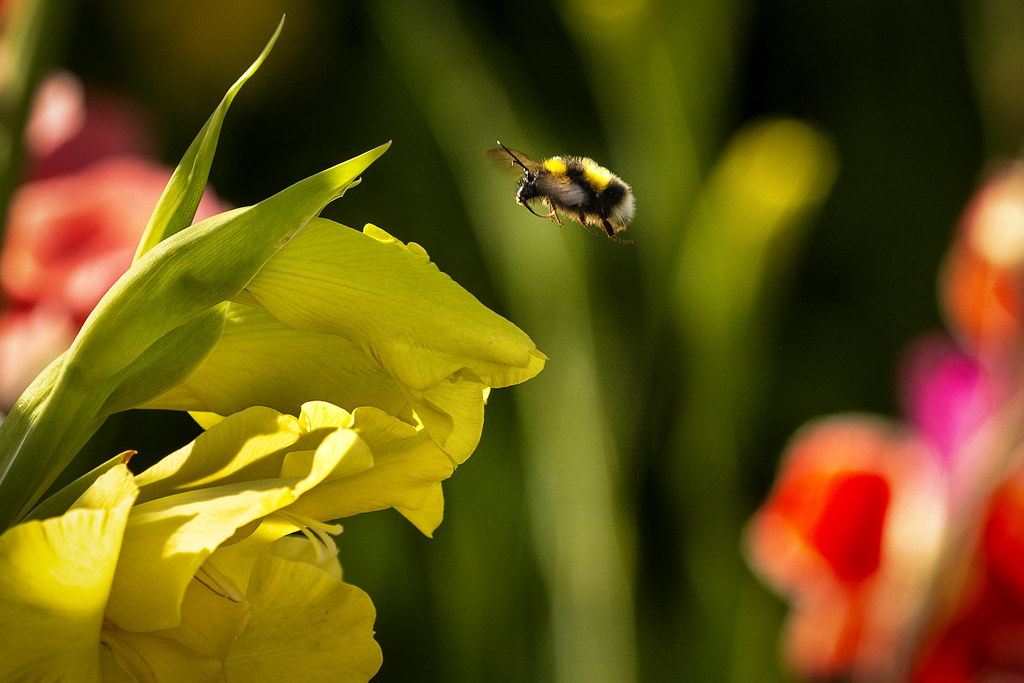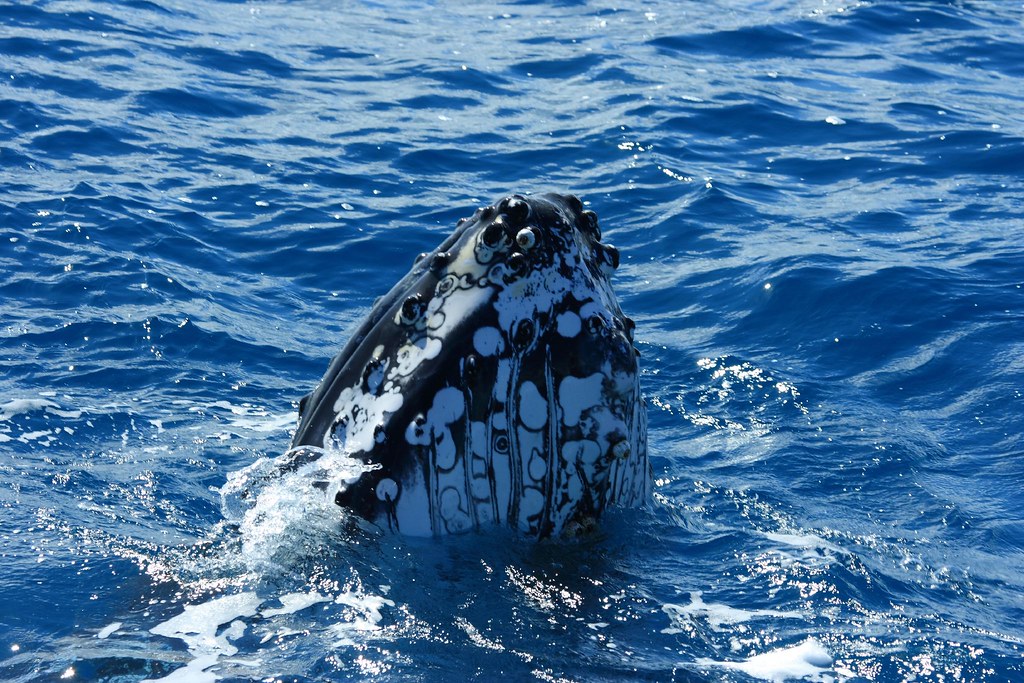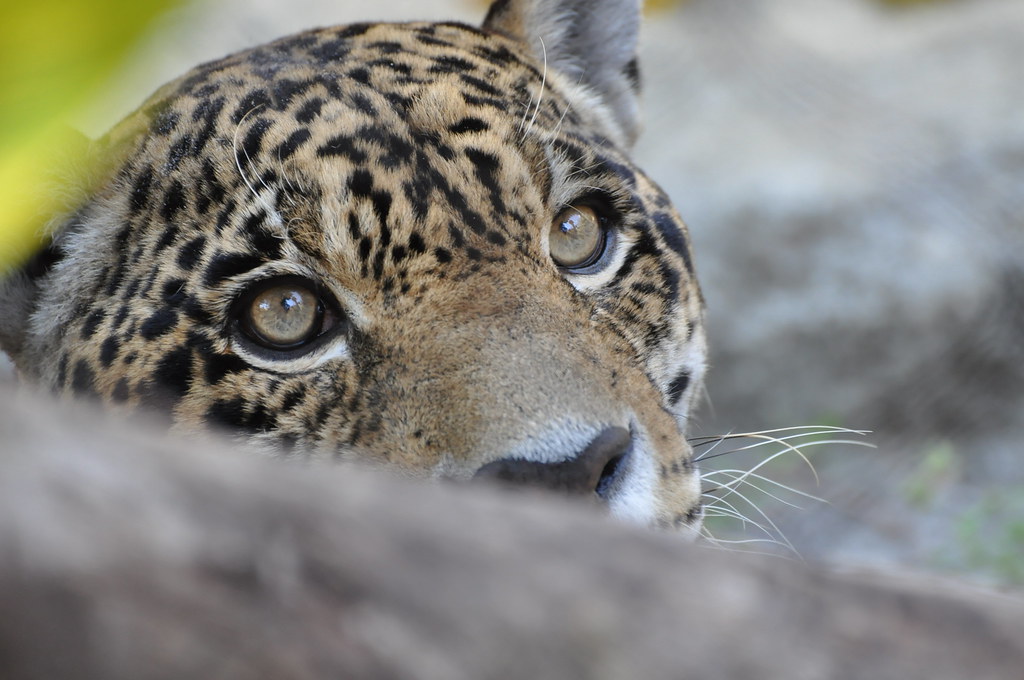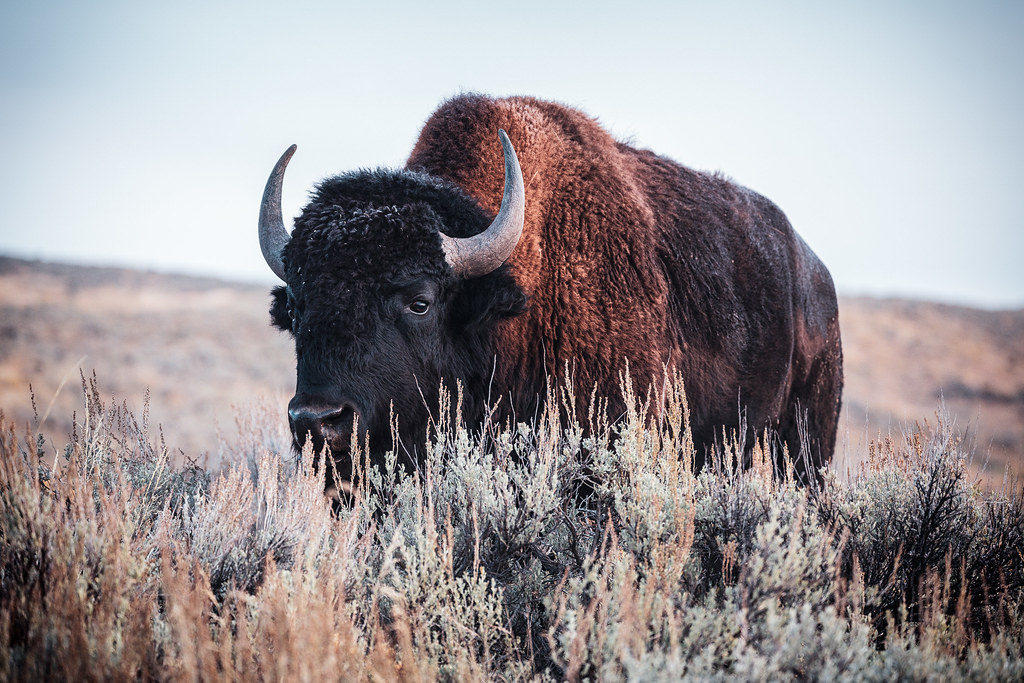https://e-info.org.tw/node/217601?utm_source=%E7%92%B0%E5%A2%83%E8%B3%87%E8%A8%8A%E9%9B%BB%E5%AD%90%E5%A0%B1&utm_campaign=75361ad3f3-EMAIL_CAMPAIGN_2019_04_18_03_41_COPY_01&utm_medium=email&utm_term=0_f99f939cdc-75361ad3f3-84956681
【地球日】六千萬年來最嚴重 全球生物滅絕的十個真相
環境資訊中心綜合外電;Angela Lin、曾子郡 編譯;吳宜靜 審校;稿源:EARTH DAY NETWORK
人類的文明對大多數的生物造成了負面的影響。世界正在面臨大規模的物種滅絕 ── 所有的哺乳動物、鳥類、爬蟲動物、兩棲動物、節肢動物(昆蟲和蛛形綱動物)、魚類、甲殼類動物、珊瑚和其他刺胞動物以及植物的種類,都在嚴重驟減中。
事實一、物種滅絕率是正常值的一千到一萬倍
人類現在正面臨六千萬年以來最嚴重的物種滅絕期。一般來說,平均每年會有一到五個物種滅絕。
然而,科學家們估算,目前的物種滅絕率是正常值的一千到一萬倍,也就是說,生物目前是以每年五千到五萬種的數量滅絕。甚至在一天之內,就會發生多種生物滅絕的狀況。
物種滅絕的事實天天都在上演著,在我們了解牠們,或是知道牠們為地球帶來的益處以前就已經消失。
事實二、大量昆蟲消失
一項新的研究顯示,在過去28年間,德國的昆蟲種群數量減少了75%以上 ── 這是非常令人擔憂的狀況,因為80%的野生植物必須仰賴蜜蜂和其他昆蟲進行授粉,60%的鳥類則是以昆蟲作為食物。

事實三、棲地的破壞、開發和氣候變遷,導致世界上一半的野生動物死亡。
事實四、近60%靈長類動物面臨滅絕
和人類最接近的靈長類動物在這場滅絕中遭逢特別嚴重的威脅。全世界504種靈長類動物中,有將近60%面臨滅絕的危機,75%的物種數量正在急遽減少之中。

事實五、全世界每年有超過65萬隻海洋哺乳動物被漁具捕獲或受重傷。
事實六、75%的齒鯨種因全球性漁業捕撈而被混獲
在過去二十年來,大約有75%的齒鯨種,包括海豚、鼠海豚、65%的鬚鯨種類(座頭鯨、藍鯨),以及65%的鰭足類動物(海獅)曾經因為全球性漁業捕撈而被混獲(bycatch),物種數量上受到明顯的影響。

事實七、全球有40%的鳥類物種數量正在減少,其中1/8正瀕臨絕種。
事實八、許多大型貓科動物將在近十年內絕種
大型貓科動物,包括老虎、花豹與獵豹正在大幅減少,許多會在近十年內絕種。貓科動物的身體和皮毛因為人類的濫用行為遭到獵殺。包括黑犀牛在內的其他大量物種,中國仍是是瀕危動物的最大交易市場。

事實九、40%的蜥蜴種類將會在2080年滅絕
蜥蜴的族群數量特別容易受到氣候變遷的影響。最新研究預測,按照現在的物種衰減的速度,將有40%種蜥蜴會在2080年滅絕。
事實十、美洲野牛棲息地僅剩原本的1%
數百萬隻美洲野牛曾經奔馳在美國阿拉斯加州和墨西哥之間。然而,牠們的棲息地現在已剩下不到原先的1%。由於棲息地極度縮減,這些僅存的野牛如同被人類圈養的牛隻,生活範圍受到侷限。

Fact Sheet: Global Species Decline
The world is facing a mass extinction of species. All species of mammals, birds, reptiles, amphibians, arthropods (insects and arachnids), fish, crustaceans, corals and other cnidarians, and plants have declined, in many cases, severely. Human civilization has had a negative impact on most living things.
FACT #1
We are amidst the largest period of species extinction in the last 60 million years. Normally, between one and five species will go extinct annually. However, scientists estimate that we are now losing species at 1,000 to 10,000 times the normal rate, with multiple extinctions daily. Multiple species will disappear before we learn about them or the benefits they bring to our planet. [1]
FACT #2
A new study has suggested that insect populations have decreased by more than 75% in Germany over the last 28 years. This is very alarming: 80% of wild plants rely on bees and other insects for pollination, and 60% of bird species rely on insects for food. [2]
FACT #3
Habitat destruction, exploitation, and climate change are driving the loss of half of the world's wild animal population. [3]
FACT #4
Primates, our closest animal relatives, are under extraordinary threat. Close to 60% of the world's 504 primate species are threatened with extinction, and 75% of our primate species are in severe population decline. [4]
FACT #5
Worldwide, more than 650,000 marine mammals are caught or seriously injured by fishing gear annually. [5]
FACT #6
In the past 20 years, around 75% of all toothed whale species, such as dolphins, porpoises, and 65% of baleen whale species (humpback, blue), and 65% of pinniped species (sea lions) have been affected through bycatch in fishing operations globally. [6]
FACT #7
40% of the world's bird species are in decline, and 1 in 8 is threatened with global extinction. [7]
FACT #8
Our big cats, including tigers, leopards, and cheetahs are in critical decline, and many will become extinct in the next decade. The world's cats are exploited for their body parts and skins. China remains the world's largest market for these critically endangered species along with the black rhino and other species. [8]
FACT #9
Lizard populations are especially vulnerable to climate change. A recent study projects that if the current decline in lizard populations continues, 40% of all lizard species will be extinct by 2080. [9]
FACT #10
The American Bison once numbered in the millions and roamed from Alaska to Mexico. They now occupy less than one percent of their original habitat. Their existing habitat is so small and tightly controlled that surviving bison have been compared to herded cattle. [10]
參考資料
- Sustaining Life: How Human Health Depends on Biodiversity
- https://journals.plos.org/plosone/article?id=10.1371/journal.pone.0185809
- https://www.nature.com/articles/nature22900
- http://advances.sciencemag.org/content/3/1/e1600946.full
- https://academic.oup.com/jmammal/article/89/3/541/859978
- https://www.int-res.com/articles/esr_oa/n020p071.pdf
- https://onlinelibrary.wiley.com/doi/full/10.1111/conl.12162
- https://www.sciencedirect.com/science/article/pii/B9780128022139000468
- http://science.sciencemag.org/content/328/5980/894
- http://www.iucnredlist.org/details/2815/0







沒有留言:
張貼留言